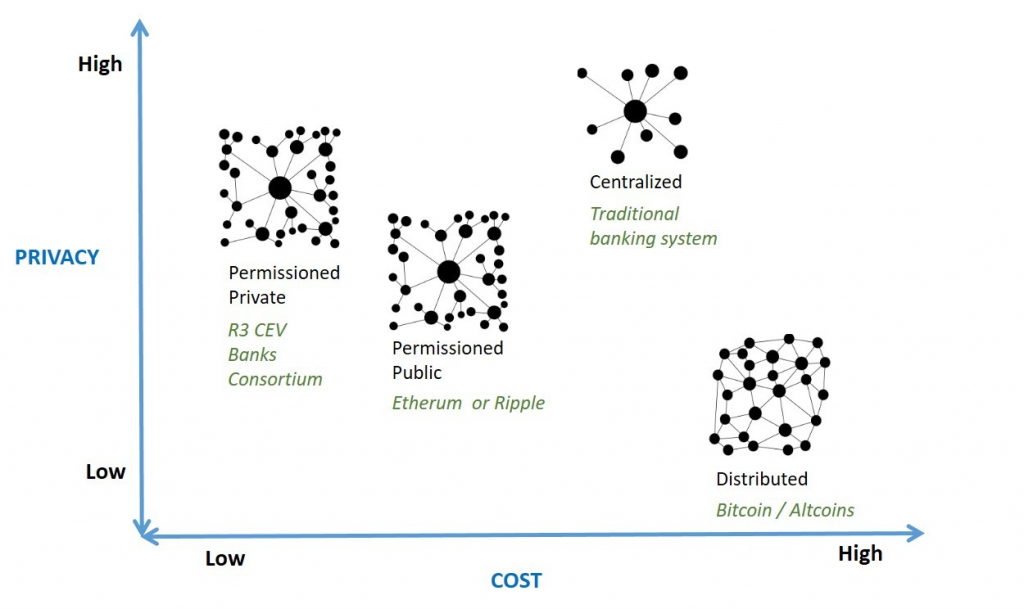The Case Of Bitcoin Pizzas: DLT For Enterprise Solutions Outside of Theoretical Field

“A consensus means that everyone agrees to say collectively what no one believes individually.”
— Abba Eban
Historians believe that Homo sapiens won the race of evolution over other humanoid species because we could unite and act via common beliefs in “fictions.” Common beliefs initially took the form of religion, and later of money, the shared medium of exchange, or the “currency.”
However, it’s always a challenge to reach agreement among multiple members in a large system, as well captured by the so-called “Byzantine Generals Problem” first outlined in the 1980s. From a game theory perspective, the sub-optimal efficiency of the trust mechanism was empirically summarized in the Nash equilibrium as the “prisoner’s dilemma” — why two completely "rational" individuals might not cooperate, even if it appears that it is in their best interests to do so. This leads to a fundamental question that Bitcoin has tried to solve: How to use technology as a way of establishing trust in a trustless community?
The digital “peer-to-peer” payment protocol, i.e. blockchain, represents a remarkable innovation and a striking success of efforts to establish trust. Bitcoin eliminates the need for a trust agent and transforms the traditional 3-way connection of value transfer to 2-way. The decentralized consensus is achieved in a brilliant “block + chain” approach:
-
Validating transactions based on cryptograph technologies (hash functions and digital signatures) and implicit incentive (bitcoin as build-in assets for rewards).
-
Extending networks based on a process of randomization.

The success of Bitcoin and blockchain has been a compelling bootstrapping story in the global open source community, with a subtle and intricate play among three key factors: technology, incentives, and rules.
Why does this matter? Because the decentralized consensus protocol still represents a very novel design concept and unfamiliar communal governance model. The benefits of time-stamping, immutability, transparency, and reliability brought about by blockchain are strong and appealing. Depending on specific business context, institutions and consortia have tried to adapt a suitable solution along the broad spectrum of distributed ledger technology (DLT), from the public permissionless blockchain to the private permissioned DLT.

Smart contracts are the AI on blockchain. Smart contracts are the pre-agreed rules evaluated and executed by an automated system based on distributed ledgers. They could digitalize the physical business world and help re-imagine and foster a more collaborative economy. The opportunity of DLT lies in its promise for working with and unlocking the full potential of many other technologies, such as IoT, big data analytics, and artificial intelligence.
The power of blockchain and distributed ledgers only lives in the real-world applications. In fall of 2010 Bitcoin enthusiasts proudly proclaimed the early use-case of bitcoins: an exchange of 10,000 bitcoin for 2 pizzas with fully-loaded toppings. Now similar questions remain about blockchain’s applicability to enterprise solutions. Despite the excitement, why haven’t we seen any production stage of applications of DLT? How safe is it and how likely is it to come to inter-operability? Is blockchain able to produce a real revolution?
The answer to these questions is that, while the technology is relatively easy, changes are hard. The success of Bitcoin is more than a story of technology; it is also a smart engineering of incentives with deep insights into human behavior in the context of networking (and creating consensus). It’s fascinating to observe how Bitcoin’s internal politics have evolved, and how they have ultimately interacted with traditional politics, namely law and regulations.
Enterprise solutions may require business partners, either internally or externally, to re-design the existing governance process to rely on a new set of architectural principles. This requires all different levels of partnership, beyond the traditional “buy” or “make” model. It could be a massive, complex, and sometimes messy and ugly consensus-building exercise in a decentralized setting.
The future of DLT is a new way of trust building. Through my experiences with many blockchain projects at Massachusetts Institute of Technology, I find that the hard process invariably begins when moving beyond the technology. As Albert Einstein once said, we cannot solve our problems with the same thinking we used when we created them. A decentralized governance model empowered by distributed ledger technology may lead to a new dimension of organizational changes. The question is: will corporations be ready?